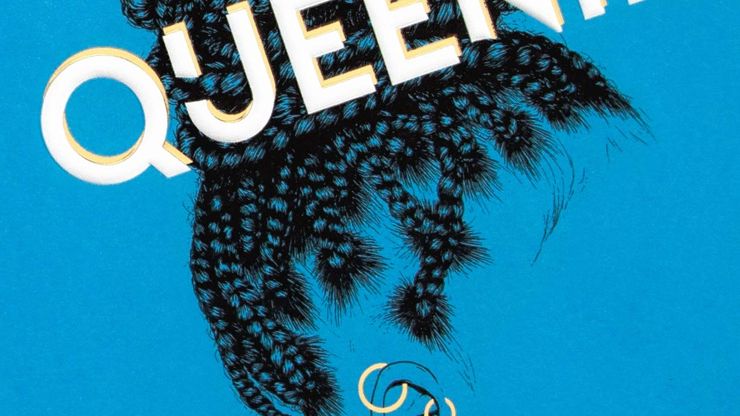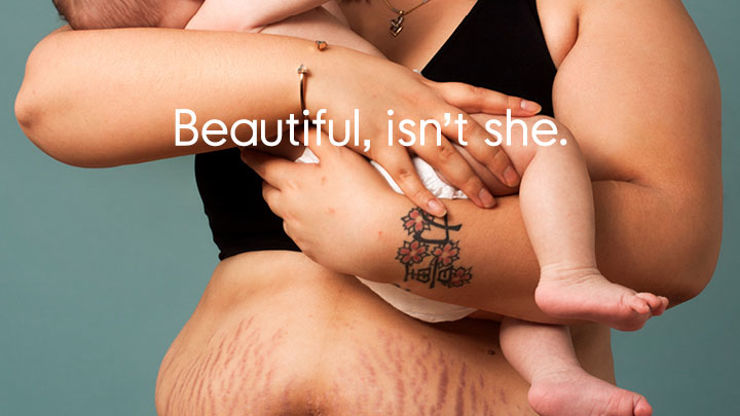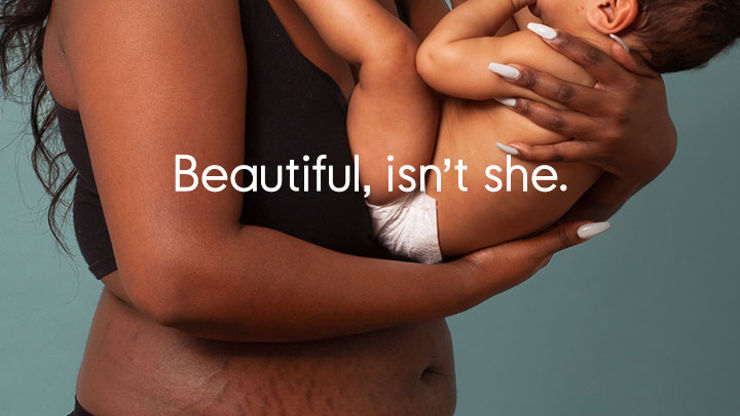Why we need to talk about talking to women
shots columnist Amy Kean examines how brands are engaging with female audiences and looks at how the words and sentiments being used to convey their messages are getting lost in translation.
Don’t get jealous, but I felt empowered seven times on the way to work this morning.
Not everyone is as lucky as me, but I have a high footfall commute with many unmissable media touchpoints, and train wi-fi that allows me to snack on all the empowering content I need. In an E4 ad break last night I had multiple empowerments that were so effective I punched my husband in the face, and then took back my maiden name for use on all official correspondence.
If one were able to perform a feminist version of econometrics... Bridget Jones would have a negative ROI
Back in the old days (before empowering ads) I had to fake it: trotting around with faux sass when, really, all I cared about were my wobbly thighs. All any woman cares about is her wobbly thighs, unless instructed otherwise.
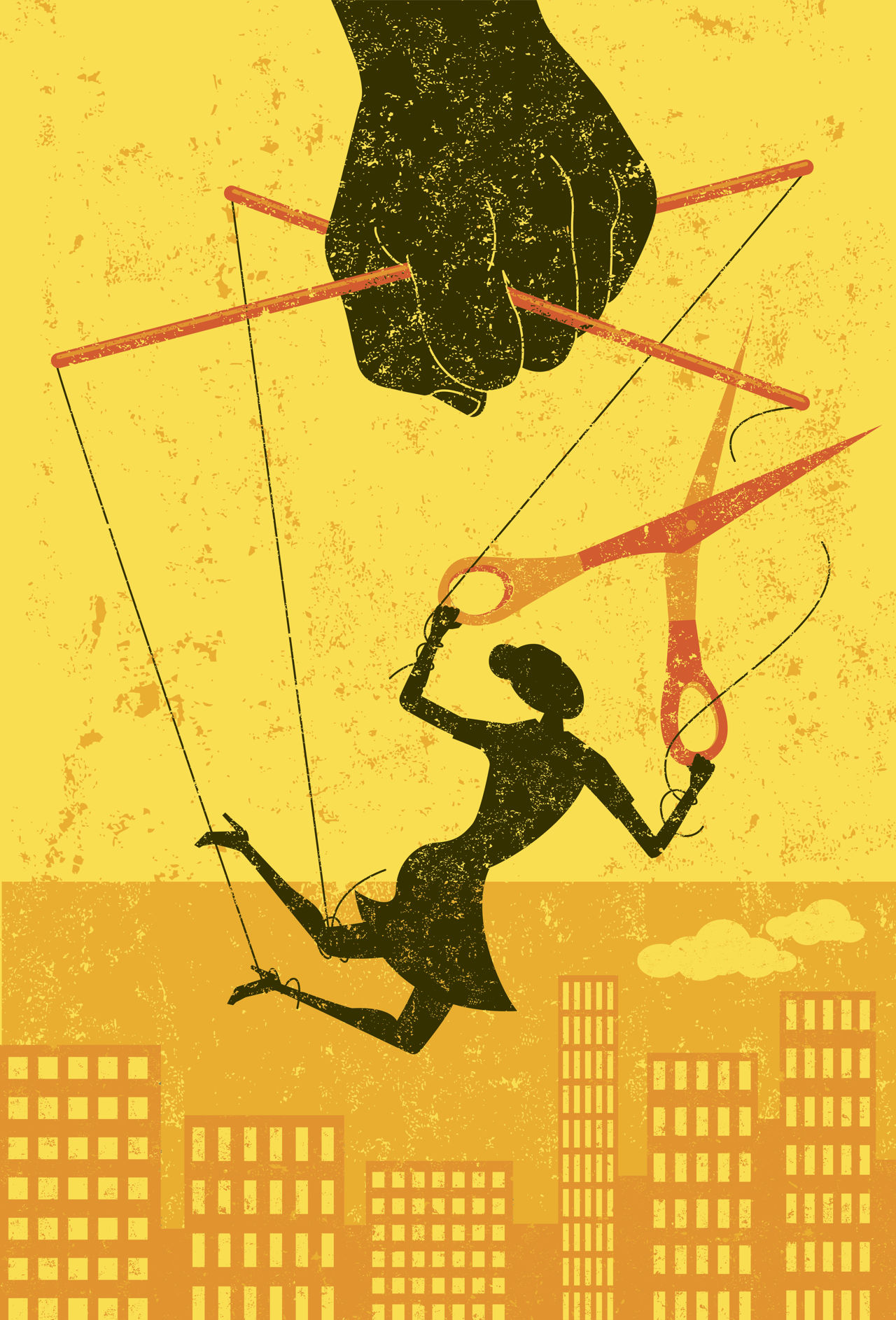
We should applaud the marketing industry’s adoption of strong women as the latest thing. To coincide with the world cup, Budweiser released a video of female football players reciting Elizabeth I’s rousing speech about having “the body of a weak, feeble woman; but… the heart and stomach of a king, and a king of England, too.”
Speaking as a woman, what’s empowering is being spoken to like a human being with a sense of humour.
I always thought the speech was Elizabeth’s cheeky way of justifying a daily intake of 2,500 calories instead of the 2,000 recommended for girls, but I suspect she was also trying to demonstrate her difference, and masculinize herself in the eyes of her troops. Queen Elizabeth I was obsessed with being a man, and claimed she was more man than woman. She competed with, and killed, women. Sure, she was a lucky individual born into privilege nearly 500 years ago, but let me tell you, I was so empowered watching that Budweiser video clip I immediately took off my skirt and changed it for a pair of trousers.
Credits
powered by
-
-
- Director Laura Scrivano
-
-
Unlock full credits and more with a Source + shots membership.
Credits
powered by
- Director Laura Scrivano
- Talent Naomie Harris
- Talent Suki Waterhouse
- Talent Jessie Ware
- Talent Nicola Adams
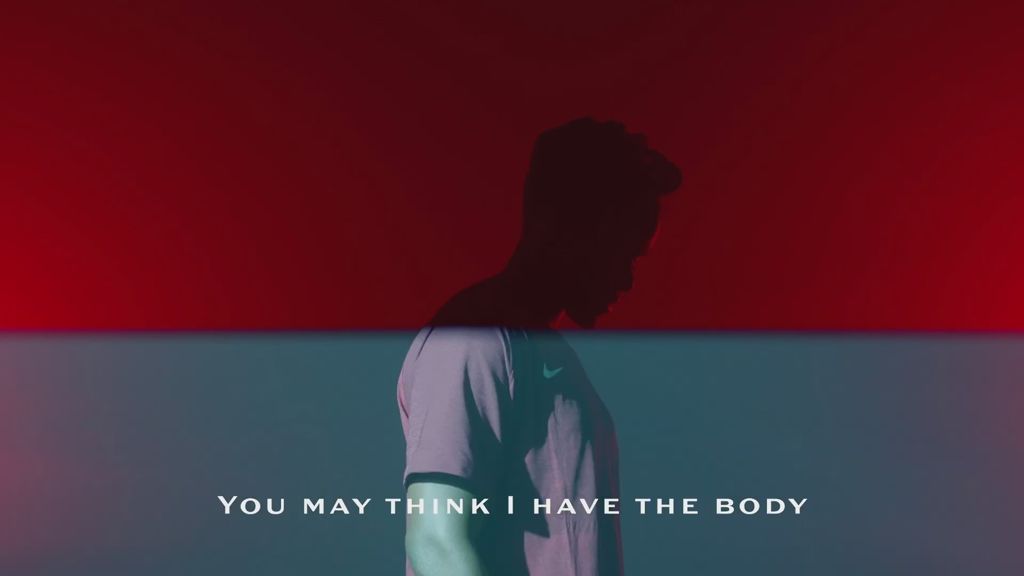
Credits
powered by
- Director Laura Scrivano
- Talent Naomie Harris
- Talent Suki Waterhouse
- Talent Jessie Ware
- Talent Nicola Adams
Actually, that’s not true. I rarely think about Elizabeth I or how to emulate her feistiness – nor do my friends, or nieces. I am a three-dimensional woman with a variety of interests and role models, as are most, if not all, other women. In fact, as I snacked on this empowering content feeling ravenously empty, I wondered whether brands knew how to talk to me – or women - at all. It made me think of Bridget Jones.
‘Empowerment’ is that word in the creative brief that just won’t go away, because an assumption has been made that every woman needs to feel ‘empowered’ and it's advertising’s job to do it.
To be clear: I try to think of Bridget Jones as little as possible. If one were able to perform a feminist version of econometrics to see which cultural entities either added or retracted value to the feminist cause, Bridget Jones would have a negative ROI. Yet, the posh, male-obsessed, booze-dependent, weight-watching, Marlboro-puffing, Spanx-wearing, loser-in-love Jones sold millions of books across three instalments, and is one of the most prominent female leads in British history.
It’s a common process in the world of media and entertainment, whereby commercial entities assume all women are the same, and that same is a poor caricature of what exists.
Last year I saw a poster for a book called Dear Mrs Bird - about a wartime agony aunt - that was described as “Bridget Jones in the Blitz!” The recent Sunday Times bestseller Queenie was originally pegged as “the black Bridget Jones”. It’s a common process in the world of media and entertainment, whereby commercial entities assume all women are the same, and that same is a poor caricature of what exists. Over 20 years after it was first published, BJ is still the framework for female leads and target audiences within which the publishing world operates, which does women in all their diverse brilliance a huge disservice.
Boots – which appears to have hired a ‘regional accents specialist’ creative team – have made waves with their summer ad of body rebellion that appears to deride the thin models they’ve used for every campaign before 2019, by hiring models only slightly larger.
“This is great,” said the male creative director. “Feminism’s really on trend at the moment.”
They’ve taken size 12 actresses (max) handed them some fictional ‘real woman’ shame and made them dance in the sea after the bold realisation that no one cares. “Nobody looks like that, it’s just a load of chat,” sing the new models to a photoshopped poster with a turn of phrase no woman used, ever. “Thighs coming out!” they chorus. “Whip off the big sarong, this feeling can’t be wrong.”
That alien feeling of going into the sea wearing sea-appropriate clothing? A bravery akin to Malala’s, surely.
Credits
powered by
- Agency Ogilvy & Mather/London
- Production Company Riff Raff
- Director David Wilson
-
-
Unlock full credits and more with a Source + shots membership.
Credits
powered by
- Agency Ogilvy & Mather/London
- Production Company Riff Raff
- Director David Wilson
- Editor Trim
- Post Producer Alex Plantin
- Music Soundtree Music
- Deputy Executive Creative Director Sam Cartmell
- Creative Director Mark Harrison
- Creative Director Liam Butler
- Producer Alec Christie
- Executive Producer Tom Berendsen
- Producer Jane Tredget
- DP Jallo Faber
- Producer Tatyana Alexandra
- Colorist Philip Hambi
- Color Producer Ryan Hancocks
- Lead VFX Avtar Bains
- VFX Jon Berridge
- Sound Designer Sam Cross
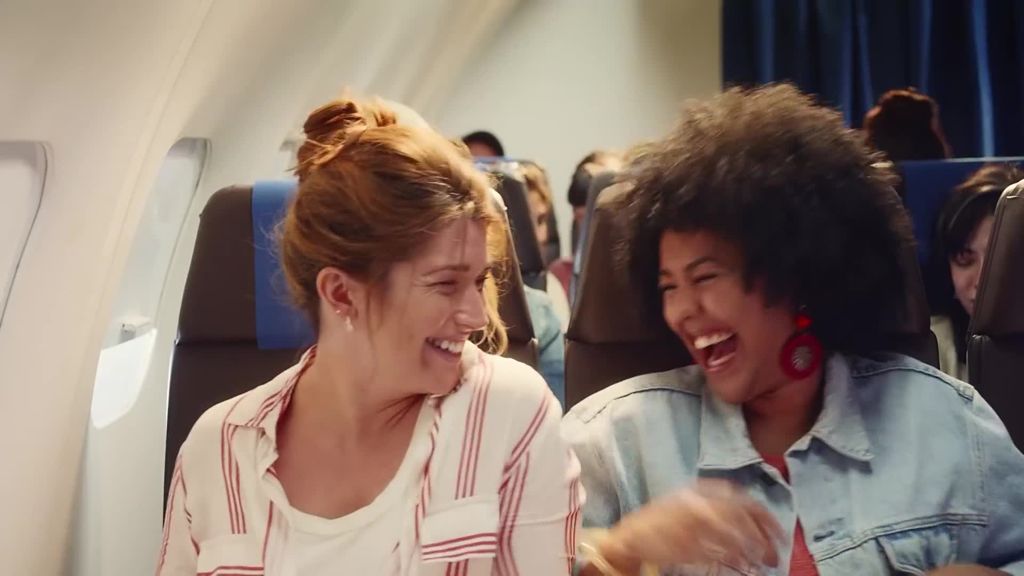
Credits
powered by
- Agency Ogilvy & Mather/London
- Production Company Riff Raff
- Director David Wilson
- Editor Trim
- Post Producer Alex Plantin
- Music Soundtree Music
- Deputy Executive Creative Director Sam Cartmell
- Creative Director Mark Harrison
- Creative Director Liam Butler
- Producer Alec Christie
- Executive Producer Tom Berendsen
- Producer Jane Tredget
- DP Jallo Faber
- Producer Tatyana Alexandra
- Colorist Philip Hambi
- Color Producer Ryan Hancocks
- Lead VFX Avtar Bains
- VFX Jon Berridge
- Sound Designer Sam Cross
What’s occurring here is a hopefully transitional trend where many brands are heavy-handedly trying to be one of the girl squad, without really knowing any of the girls they’re talking to.
They’re all at it. Telling us to be big and brave, because ‘empowerment’ is that word in the creative brief that just won’t go away, because an assumption has been made that every woman needs to feel ‘empowered’ and it's advertising’s job to do it.
Ads are supposed to be the result of some of the best creative thinking in the country, and so when they’re lazy, and patronise women, it makes us all look bad.
Watching advertising to women in 2019 is a fun game of spot-the-segment. Is it:
A: the badass girl who acts like a man?
B: the mum struggling with life?
C: the real woman with wobbly thighs?
or D: the old woman who needs incontinence pants and anti-ageing cream?
Fixing this only requires a very simple realisation: women are a norm. We’re not your CSR. We’re not your virtue signals, or bold, provocative statements.
It’s not a real reflection of how women are, it’s how we want them to be because it fits a brand narrative and the brainstorm you just had. Whilst the messages of Bud and Boots may be more progressive than the housewife ads of the 50s, we’re still defaulting to treating women as characters and clichés. I’ll always remember a meeting I had a few years ago with a charity client about their 100th anniversary plans to celebrate a female founder. “This is great,” said the male creative director. “Feminism’s really on trend at the moment.”
What will everybody talk about when society reaches the utopia of social, political and economic equality between the sexes? The ad industry is in a position of great responsibility. Not because it has the power to empower, but because ads represent our society. Ads are supposed to be the result of some of the best creative thinking in the country, and so when they’re lazy, and patronise women, it makes us all look bad. While a few (like Mothercare, above) are drifting from the cheesy stereotypes, I look forward to the day the entire industry breaks the mould.
I want to see women playing football, looking cool with amazing music in the background.
Speaking as a woman, what’s empowering is being spoken to like a human being with a sense of humour who earns lots of money and didn’t stop wearing red lipstick when she was 24 and fell out of the ‘cool girl’ target audience.
I want to see women playing football, looking cool with amazing music in the background. I don’t need to be reminded there was once a female who – through sheer luck of the draw – was born into the monarchy and fought a war. Fixing this only requires a very simple realisation: women are a norm. We’re not your CSR. We’re not your virtue signals, or bold, provocative statements. We’re not an opportunity for you to make people cry. We buy most of the stuff you sell. We’re not weak and feeble, and we don’t need a pep talk. Not from brands; not even the Queen of England.
)

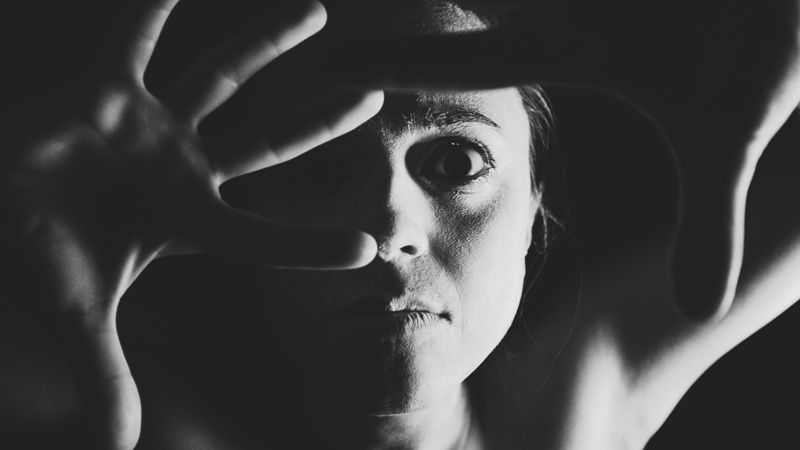


 + membership
+ membership






